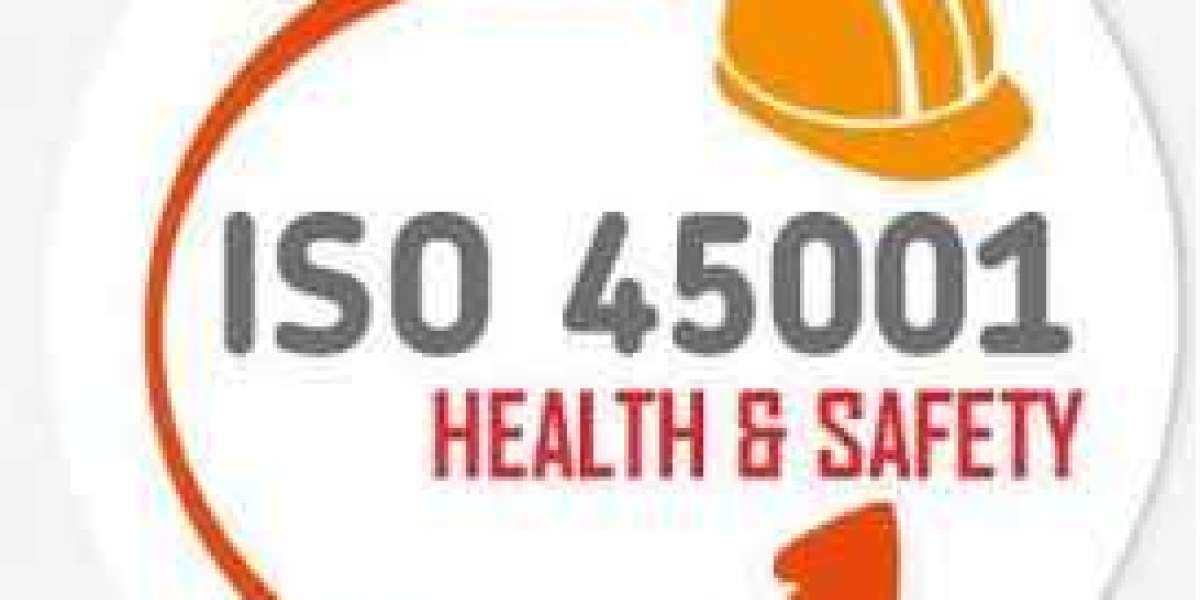ISO 22301 Certification
Introduction
ISO 22301 is the international standard for Business Continuity Management Systems (BCMS). It provides a framework for organizations to ensure the continuity of their operations during and after disruptive incidents. The certification process involves implementing the standards set forth by ISO 22301 and undergoing a rigorous audit to verify compliance. This certification is crucial for organizations seeking to minimize the impact of potential disruptions, protect their reputation, and maintain their competitive edge. In this article, we will delve into the importance of ISO 22301 certification, the key components of the standard, the benefits of obtaining certification, and the process of achieving and maintaining it.
Importance of ISO 22301 Certification
In today's interconnected and rapidly changing world, organizations face a myriad of potential disruptions, from natural disasters and cyber-attacks to supply chain failures and pandemics. ISO 22301 certification is important because it provides a structured approach to identifying potential threats, assessing their impact, and developing robust response strategies to ensure business continuity.
The significance of ISO 22301 certification lies in its ability to help organizations safeguard their critical operations and assets. By implementing a BCMS based on ISO 22301, organizations can ensure that they are prepared to respond to incidents effectively, minimizing downtime and maintaining essential functions. This not only protects the organization’s reputation but also ensures the safety and well-being of employees, customers, and other stakeholders.
Moreover, ISO 22301 certification enhances stakeholder confidence. Customers, investors, and partners are more likely to trust an organization that has demonstrated its commitment to business continuity through certification. This trust can translate into stronger business relationships, increased investment, and a competitive advantage in the marketplace.
Finally, ISO 22301 certification helps organizations comply with legal and regulatory requirements. Many industries have specific regulations regarding business continuity and disaster recovery. Achieving certification demonstrates that an organization meets these requirements, reducing the risk of legal penalties and enhancing regulatory compliance.
Key Components of ISO 22301 Standard
ISO 22301 encompasses several key components designed to ensure a comprehensive approach to business continuity management. These components include:
- Context of the Organization: This component involves understanding the internal and external factors that can impact the organization’s ability to achieve its business continuity objectives. It includes identifying stakeholders and their expectations, as well as defining the scope of the BCMS. Organizations must conduct a thorough analysis of their operating environment to identify potential risks and opportunities.
- Leadership and Commitment: Top management plays a crucial role in the success of a BCMS. This component emphasizes the importance of leadership commitment, including establishing a business continuity policy, assigning roles and responsibilities, and ensuring adequate resources are available. Leaders must demonstrate their commitment to business continuity through active involvement and support.
- Planning and Risk Assessment: Effective planning is essential for a robust BCMS. This component involves identifying and assessing risks that could disrupt business operations, setting business continuity objectives, and developing strategies to address these risks. Organizations must conduct a comprehensive risk assessment to identify potential threats and their impact, and develop plans to mitigate these risks.
- Support and Operation: This component focuses on the resources, competencies, and communication needed to implement and maintain the BCMS. It includes providing training and awareness programs, maintaining documented information, and ensuring effective communication with stakeholders. Organizations must establish processes and procedures to support the implementation and operation of the BCMS.
- Performance Evaluation and Improvement: Continuous improvement is a key aspect of ISO 22301. This component involves monitoring, measuring, and evaluating the performance of the BCMS, conducting internal audits, and taking corrective actions to address nonconformities. Organizations must establish processes to monitor and measure the performance of the BCMS, and use this information to drive continual improvement.
Benefits of ISO 22301 Certification
Achieving ISO 22301 certification offers numerous benefits for organizations. These benefits include:
- Enhanced Resilience: ISO 22301 certification helps organizations develop and maintain a resilient business continuity management system. This resilience enables organizations to withstand disruptions and recover more quickly, minimizing the impact on operations and reducing downtime. A resilient organization is better equipped to manage unexpected events and maintain continuity of critical functions.
- Improved Risk Management: The standard’s emphasis on risk assessment and management helps organizations identify potential threats and vulnerabilities, enabling them to implement effective mitigation strategies. This proactive approach to risk management reduces the likelihood and impact of disruptions, protecting the organization’s assets and operations.
- Increased Stakeholder Confidence: Certification demonstrates to stakeholders that the organization is committed to maintaining business continuity and has implemented a robust BCMS. This enhances stakeholder confidence, leading to stronger business relationships and a competitive advantage in the marketplace. Customers, investors, and partners are more likely to trust an organization that has demonstrated its commitment to business continuity through certification.
- Regulatory Compliance: Many industries have specific regulatory requirements related to business continuity and disaster recovery. Achieving ISO 22301 certification ensures that the organization meets these requirements, reducing the risk of legal penalties and enhancing regulatory compliance. Certification demonstrates that the organization is committed to meeting its legal and regulatory obligations.
- Operational Efficiency: Implementing a BCMS based on ISO 22301 helps organizations streamline their processes and improve operational efficiency. By identifying and addressing potential disruptions, organizations can minimize downtime and ensure the continuity of critical operations. This leads to improved productivity, reduced costs, and enhanced overall performance.
Process of Achieving and Maintaining ISO 22301 Certification
The process of achieving ISO 22301 certification involves several key steps. These steps include:
- Gap Analysis and Planning: The first step in the certification process is to conduct a gap analysis to identify areas where the organization’s existing practices do not meet the requirements of ISO 22301. This analysis helps organizations develop a detailed implementation plan, including timelines, responsibilities, and resources needed to achieve certification.
- Implementation of BCMS: Once the gap analysis is complete, organizations must implement the necessary changes to align their BCMS with the requirements of ISO 22301. This involves developing and documenting policies and procedures, providing training and awareness programs, and ensuring adequate resources are available to support the BCMS. The implementation phase also includes conducting risk assessments and developing business continuity plans.
- Internal Audit and Management Review: Before undergoing the certification audit, organizations must conduct internal audits to assess the effectiveness of their BCMS. These audits help identify nonconformities and areas for improvement, allowing organizations to take corrective actions. Management reviews are also conducted to ensure that top management is actively involved in the BCMS and is committed to its continual improvement.
- Certification Audit: The certification audit is conducted by an accredited certification body to verify that the organization’s BCMS meets the requirements of ISO 22301. The audit involves a thorough review of documentation, interviews with personnel, and observation of processes and practices. If the organization meets the requirements, the certification body issues the ISO 22301 certificate.
- Continual Improvement and Surveillance Audits: Achieving ISO 22301 certification is not the end of the process. Organizations must continually monitor and improve their BCMS to ensure ongoing compliance with the standard. This includes conducting regular internal audits, reviewing performance metrics, and implementing corrective actions. Certification bodies also conduct periodic surveillance audits to verify that the organization’s BCMS remains effective and compliant.
Conclusion
ISO 22301 certification is a valuable credential for organizations seeking to enhance their business continuity management and resilience. By providing a structured framework for identifying, assessing, and managing risks, the standard helps organizations ensure the continuity of their operations during and after disruptive incidents. The key components of ISO 22301, including context of the organization, leadership and commitment, planning and risk assessment, support and operation, and performance evaluation and improvement, provide a comprehensive approach to business continuity management.
Achieving ISO 22301 certification offers numerous benefits, including enhanced resilience, improved risk management, increased stakeholder confidence, regulatory compliance, and operational efficiency. The process of achieving and maintaining certification involves conducting a gap analysis, implementing the BCMS, conducting internal audits and management reviews, undergoing a certification audit, and continually improving the BCMS.
Ultimately, ISO 22301 certification demonstrates an organization’s commitment to business continuity and provides a competitive advantage in today’s complex and dynamic business environment. By ensuring the continuity of critical operations and protecting the organization’s reputation and assets, ISO 22301 certification contributes to the long-term success and sustainability of the organization.








